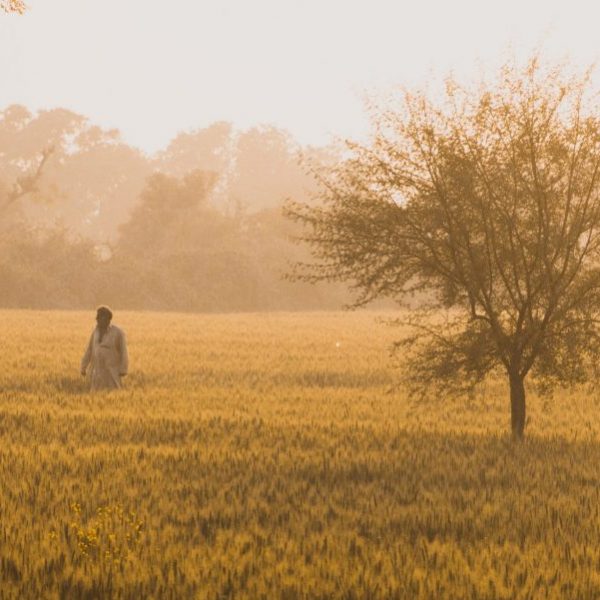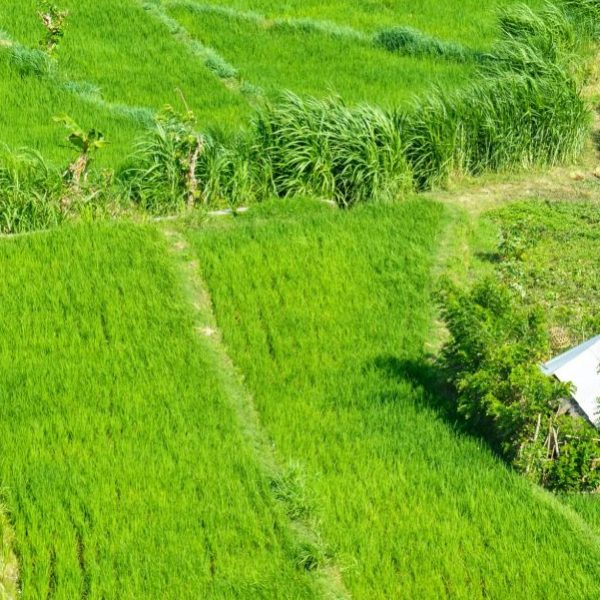Contradictions in Love of Land: American Georgics
No matter where you are in the U.S. this summer, you have probably felt the effects of the record-setting heat. While most of us are just sweating a little more than usual, our country’s agricultural community faces a depressing situation. The heat arrived with an extreme drought throughout much of the American South. Farmers in at least fourteen states might suffer as much as they did during the 1930s, the New York Times said last month. Agricultural experts now predict a considerable loss of livelihood for American farmers and ranchers, especially in Texas, where more than 90% of the state is experiencing extreme drought, according to Reuters.
 For many Americans, dealing with the constant threats from nature as part of our daily routine—besides rising food prices—seems unimaginable. Indeed, in a nation that began with a majority of farmers, less than 2% of us are even employed in agriculture anymore. With so many citizens uninvolved with growing their own food, and with a landscape always increasingly altered by chemicals and erosion, it becomes more necessary for everyone to try to understand the relationship between our country and farming. American Georgics: Writings on Farming, Culture, and the Land, edited by Edwin C. Hagenstein, Sara M. Gregg, and Brian Donahue, explores why agrarianism has been so important to the United States. Agrarianism is the belief that the manner in which land is farmed affects the health of both the individual and society as a whole. Its ideal would be to have “a healthy proportion of the citizenry” work the land.
For many Americans, dealing with the constant threats from nature as part of our daily routine—besides rising food prices—seems unimaginable. Indeed, in a nation that began with a majority of farmers, less than 2% of us are even employed in agriculture anymore. With so many citizens uninvolved with growing their own food, and with a landscape always increasingly altered by chemicals and erosion, it becomes more necessary for everyone to try to understand the relationship between our country and farming. American Georgics: Writings on Farming, Culture, and the Land, edited by Edwin C. Hagenstein, Sara M. Gregg, and Brian Donahue, explores why agrarianism has been so important to the United States. Agrarianism is the belief that the manner in which land is farmed affects the health of both the individual and society as a whole. Its ideal would be to have “a healthy proportion of the citizenry” work the land.
From our nation’s beginning, the image of the agrarian community has been shaped by those who sought to mythologize or industrialize, preserve the rural way of life or create something more productive. American farms have impressed outsiders at least since 1782, when Crèvecoeur wrote Letters from an American Farmer. English emigrant William Cobbett wrote in 1819 that American laborers, especially compared to English laborers, “are the best that I ever saw” because of “the great quantity” and variety of work each unusually robust man could complete. A man could only be his own master if he owned land and made his own rules: Cobbett declared, “[hours] were made for slaves.” Not everyone had the luxury of idealizing, of course. The exclusion of slaves was sometimes touched upon in the early period, hardly ever the exclusion of women and Native Americans. Louisa May Alcott fictionalized her childhood in 1873, describing her experiences on a communal farm that eventually failed to the point that her family nearly starved, proving just how much of a risk farmers had to take. From Henry David Thoreau to Willa Cather, writers have tried to express the complex but vital relationship Americans have with their land.



